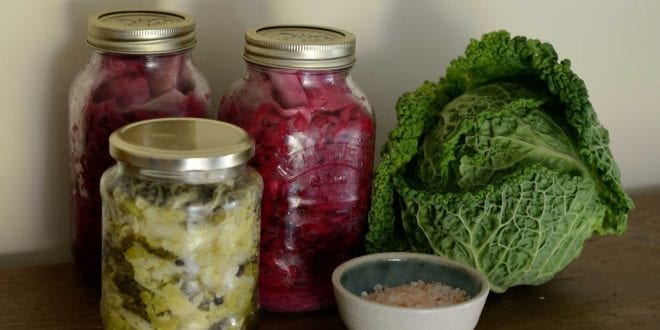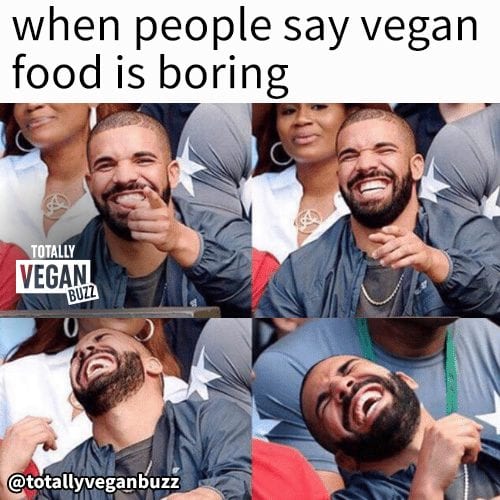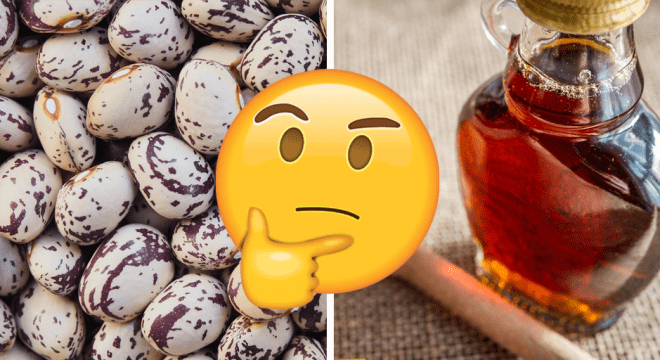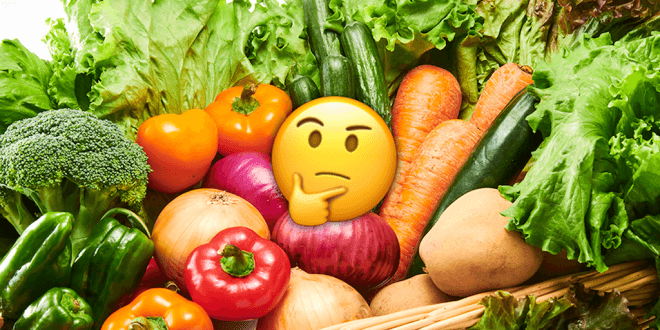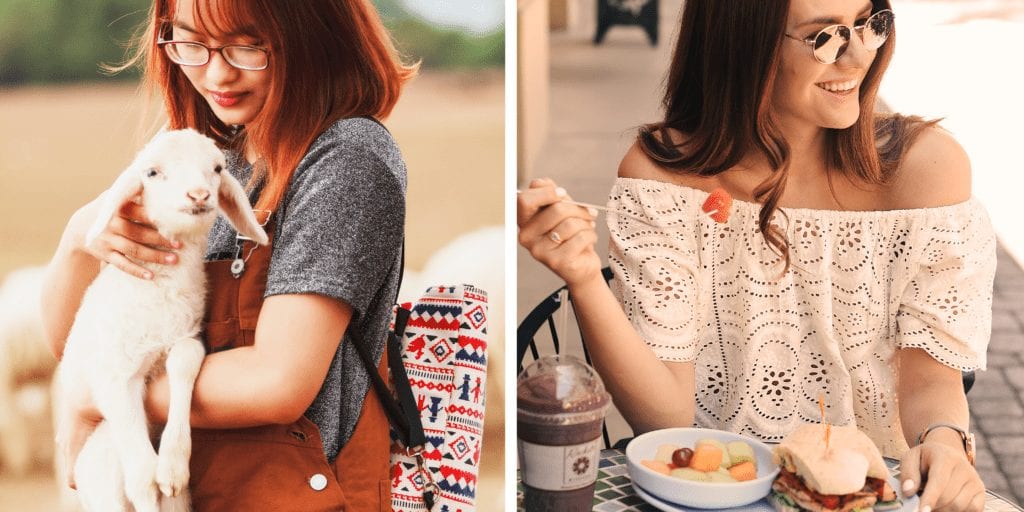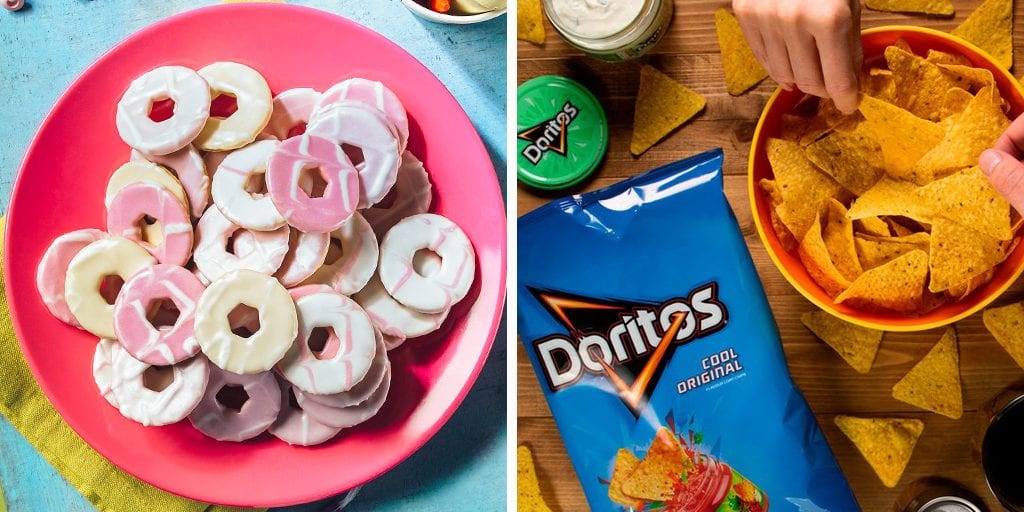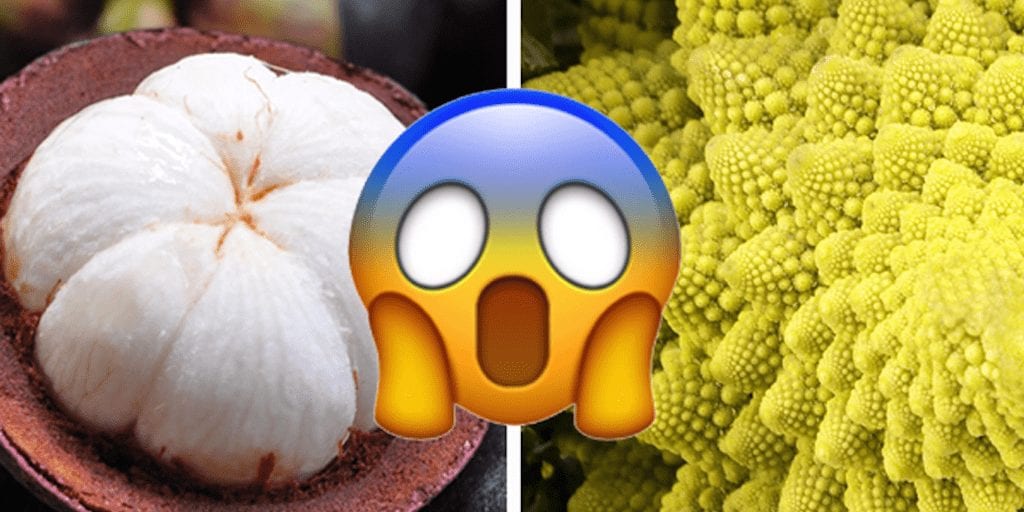
Textured Vegetable Protein (TVP) or Textured Soy Protein (TSP) was one of the first commercially available meat alternatives for vegans across the globe. But what is TVP? Is it healthy? What does it taste like? Where can you buy it? How can you cook with it? Totally Vegan Buzz brings you the ultimate guide.
What is Textured Vegetable Protein?
TVP, also known as soy meat, chunks or granules, is a fat trimmed soy flour produced as a by-product from extracting soybean oil.
It is often used as a meat substitute as it is cost-effective, has a similar texture to animal meat and has the ability to absorb flavours easily.
The high protein content of TVP makes it a nutritious addition to a vegan or vegetarian diet.
What is the history of TVP?
TVP was invented by Archer Daniel Midland, an agricultural commodities and food processing company, in the year 1960. The company still owns the TVP name trademark.
Initially, TVP was created in rod shapes. However, it was not commercially successful at first.
By the year 1968 though, TVP’s popularity started to rise, and begun being used in a variety of dishes. A further boost came when it was approved in school food lunch programs in 1971.
How is TVP made?
TVP is mostly factory-produced from soy flour, but is sometimes made from cotton seeds, wheat and oats.
The soy version is made with soybeans that are dehulled, grounded and then have the oil extracted.
Water is mixed with soy flour before heating at high temperatures and pressure inside an extruder.
The opening of the extruder varies, but in general is a plate with holes.
The heated mixture comes out of the holes, which is cut into small pieces by blades. The small pieces start to puff up as the pressure drops outside the extruder. These pieces of TVP are then either dried or baked.
What are the benefits of TVP?
Health benefits of TVP include
- Fat free and offers complete protein
- Easy to find in health stores and online
- Comes is a variety of sizes, shapes and flavours
- Affordable and has a long shelf life
Is TVP healthy?
TVP is considered a healthy option as it is made from soy, which is high in protein and other nutrients.
Many researches on soy products suggest that it helps reduce blood sugar levels in people with diabetes.
Also, consumption of TVP is linked to improvement of Irritable Bowel Syndrome (IBS), helpful in kidney diseases and in controlling high blood pressure, according to research.
TVP is also considered helpful in reducing the risk of developing breast cancer in some women.
Since TVP is cheap, easy to cook and has a variety of health benefits, the global demand is on the rise.
According to a report by Future Market Insights, the global TVP market is projected to grow at a CAGR of 4.9% in the period 2018-2028.
What are the possible side-effects?
Even though TVP is likely a safe food product, some argue it is unhealthy as it is not a natural product and is made through excessive processing.
The number of chemicals used, high pressure and heat involved in the process of creation makes TVP a thermoplastic substance.
How to cook with TVP?
TVP is a versatile ingredient that can be used as a meat replacement in a variety of vegan dishes like chili, tacos, burgers and burritos.
TVP is also used as a meat replacement in many dishes as a low cost high nutrition addition. Soy chunks and granules can be rehydrated by adding hot water and soaking to allow TVP to absorb the liquid.
As a rule of thumb, the larger the pieces, more water and more soaking time is needed for rehydration before usage.
TVP is nearly indistinguishable from animal meat post cooking & thus used as a meat replacement.
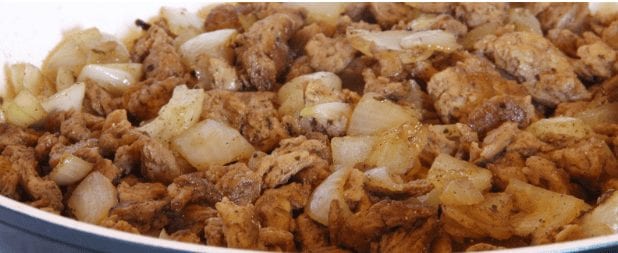
Where can you buy Textured Vegetable Protein?
TVP is sold in most health food stores in packaged form. It comes in either chunks or granules and the color ranges from golden brown to beige.
Some popular brands include Bob’s Red Mill, Hoosier Hill Farm, Betta Foods, Wholesome Provisions and Clearspring Organic.

Would you eat Textured Vegetable Protein as a meat substitute? Tell us in the comments below!
About The Author
Lifestyle
Vegan culture, food, beauty & more
Is Tobey Maguire vegan? Here’s what we know
- Mohsina Dodhiya
- 17th August 2023
Tobey Maguire often speaks about veganism and animal issues. Tobey Maguire, the actor best known for playing Spider-Man in the Sam Raimi trilogy, is a vegan. He has been a vegetarian since 1992 and became a vegan in 2009. A lifelong commitment to animal rights Maguire’s decision to go vegan was motivated by his love …
Continue reading “Is Tobey Maguire vegan? Here’s what we know”
Plant-based food jobs surge with 32% growth in just 3 months
- Mohsina Dodhiya
- 17th August 2023
The number of open jobs advertised in the plant-based industry increased by almost a third from April to July 2023, GlobalData reported. The plant-based food industry is booming, and this is reflected in the number of job openings in the sector. According to data from GlobalData, the number of open jobs advertised in the plant-based …
Continue reading “Plant-based food jobs surge with 32% growth in just 3 months”
VEGAN MEMES
NEED A LAUGH?
QUIZZES
All the quizzes you love to binge!
QUIZ: If you score 11/12 on this quiz, you’re a verified vegan food expert
- Marlon Farrugia
- 10th January 2020
How much vegan knowledge do you have stored away? Do you have to Google your way through a shopping trip, or do you have all the bad E-numbers memorised? Find out now with this quiz.
QUIZ: What is your perfect Vegan Halloween Costume?
- Marlon Farrugia
- 13th October 2019
Spook Season approaches. There will be ghosts, goblins, ghouls, and glucose. You need a costume, and you want to it to show off your personality, which means VEGAN. But what to choose? Take our quiz to find out your perfect outfit.
QUIZ: What kind of vegetable are you?
- Marlon Farrugia
- 26th September 2019
“If you were a vegetable, what kind would you be?” A question that has tormented humanity throughout the ages – until now. Read: QUIZ: If you score 19/20 on THIS quiz, you’re a Vegan God



